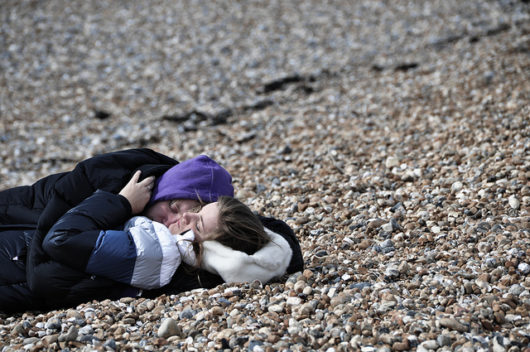
In 2016, 51.9 percent of voters in The United Kingdom voted for Britain to leave The European Union. This controversial decision left many scholars and politicians scrambling to predict what social and economic consequences would follow for the country. Many significant studies have been conducted on the possible effects of Brexit and poverty in Britain, but it is impossible to definitively know what repercussions the transition will bring.
In March 2019, the transition out of the EU is set to begin. Many facets of British life, politics and economics will be impacted by this shift, yet the effect of Brexit on poverty in Britain remains complicated and vague. Some may claim that Brexit will not increase British poverty rates while others argue that it will. Some of the most influential determinants of national poverty are healthcare, food security, and household income and expenditure.
Health Care and Medical Services
The British National Healthcare System (NHS) has historically been dependent on non-U.K./ EU nationals to contribute to the medical workforce. In 2017, 60,000 workers in the NHS were non-U.K./EU nationals. Since Brexit, however, many medical professionals have left The U.K. due to uncertainty about legal status and protections post-Brexit. Leaving the EU also makes recruiting international employees more difficult as there will be less recognition of professional qualifications received in other countries.
Immediately after the Brexit vote, the number of non-U.K./EU nurses applying to join the British nursing register fell by about 96 percent. Patients are being forced to wait over longer periods of time for treatment simply because there are not enough medical professionals available. This is a dangerous and potentially fatal repercussion of Brexit.
Food security
In the case of a no-deal Brexit, food security would suffer as 30 percent of the national food supply comes from the EU The country does not have a clear food stockpiling location as it is accustomed to importing food and consuming it rather quickly afterward. The EU is such a large provider of food for Britain that no other country could easily replace this supply.
The U.K. itself will have trouble producing enough to make up for the deficit since it faces its own problems with food production as a result of things like changing weather conditions. Many are concerned that a no-deal Brexit could cause catastrophic food shortages in the country.
Household costs and incomes
Brexit will have a negative impact on the ability of the U.K. to import any kinds of foreign European goods and services. Because of this, the prices of goods and services will increase. Of course, this will affect all populations in Britain, but it will be felt most intensely by poorer households who will not be able to keep up with these price increases.
On the other hand, it is possible that if Brexit may lead non-U.K./EU workers to leave Britain, there may be an influx of job opportunities in the country. This could mean that some poor British citizens may be able to find more lucrative work.
As Brexit approaches, the United Kingdom is beginning to take precautions to ensure that the transition occurs smoothly. Though there is disagreement on what a proper Brexit would entail, all seem to agree that the priority should be the protection of the British citizenry. The political and partisan debates over what Brexit will mean for the country can only involve precaution and prediction as no one can be certain what March 2019 will bring or what the effect of Brexit on poverty in Britain will be. One can only hope that the well being of vulnerable citizens will be considered.
Photo: Flickr
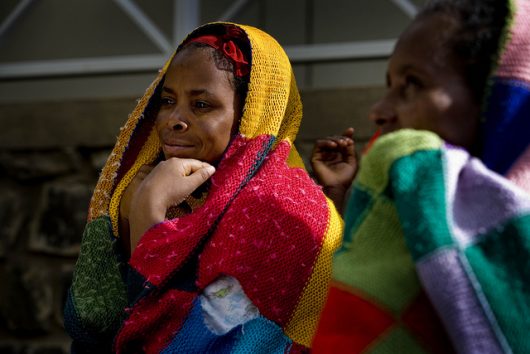
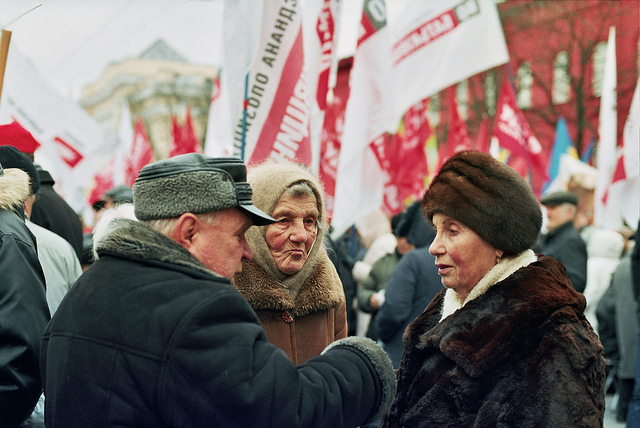 In November 2013, student protests in Ukraine turned into a f
In November 2013, student protests in Ukraine turned into a f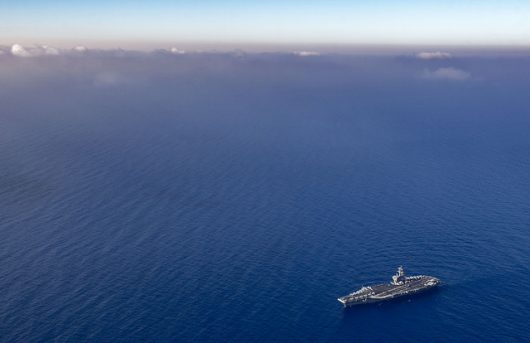
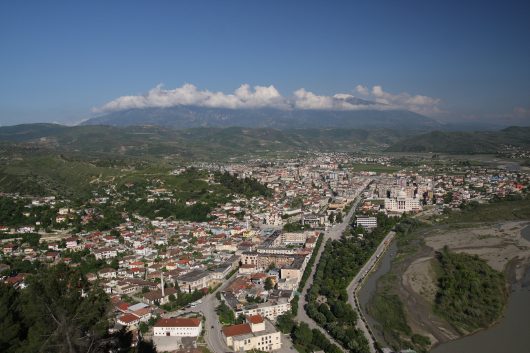
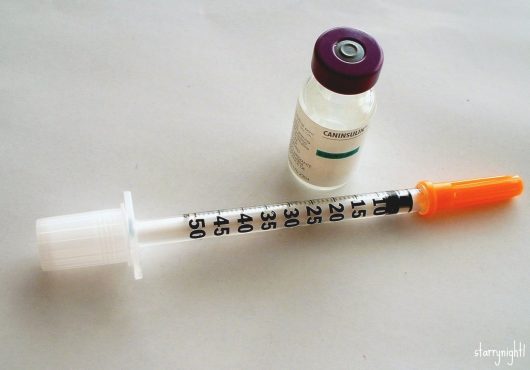
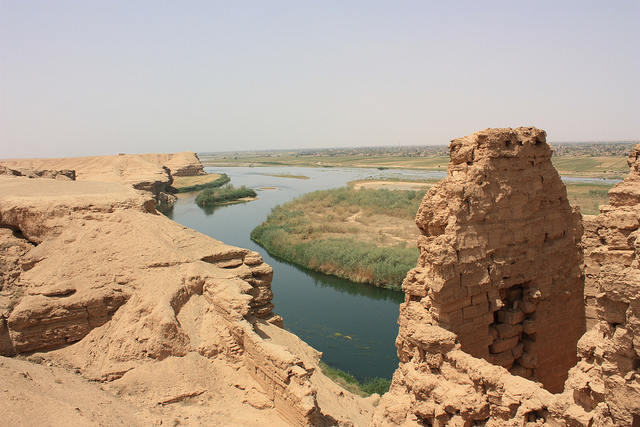 Water quality in
Water quality in 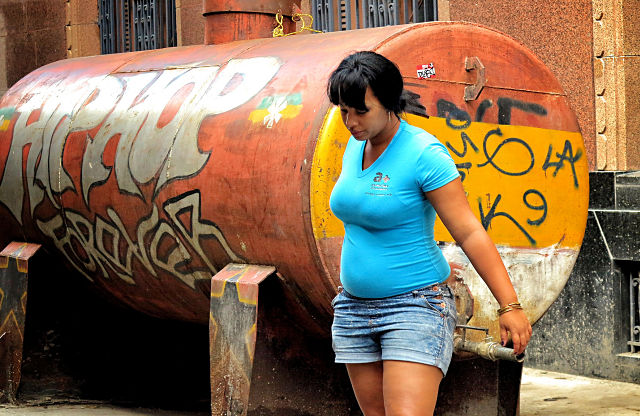 Although
Although 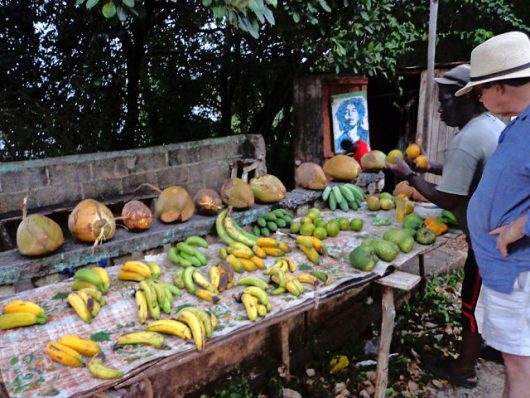 Dominica is a small, mountainous island nation in the Caribbean. Poverty has been a stumbling block to development here for years, with 29 percent of households and 40 percent of the general population living in poverty in 2003. Unemployment stands at about 25 percent. Sizable minorities of people live without running water and proper toilets. Poverty is most pronounced among Dominica’s native population, the Caribs.
Dominica is a small, mountainous island nation in the Caribbean. Poverty has been a stumbling block to development here for years, with 29 percent of households and 40 percent of the general population living in poverty in 2003. Unemployment stands at about 25 percent. Sizable minorities of people live without running water and proper toilets. Poverty is most pronounced among Dominica’s native population, the Caribs.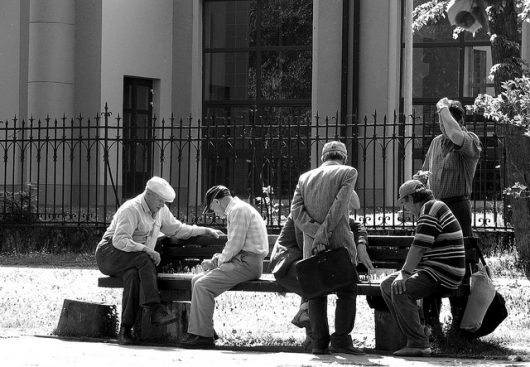 Though
Though 